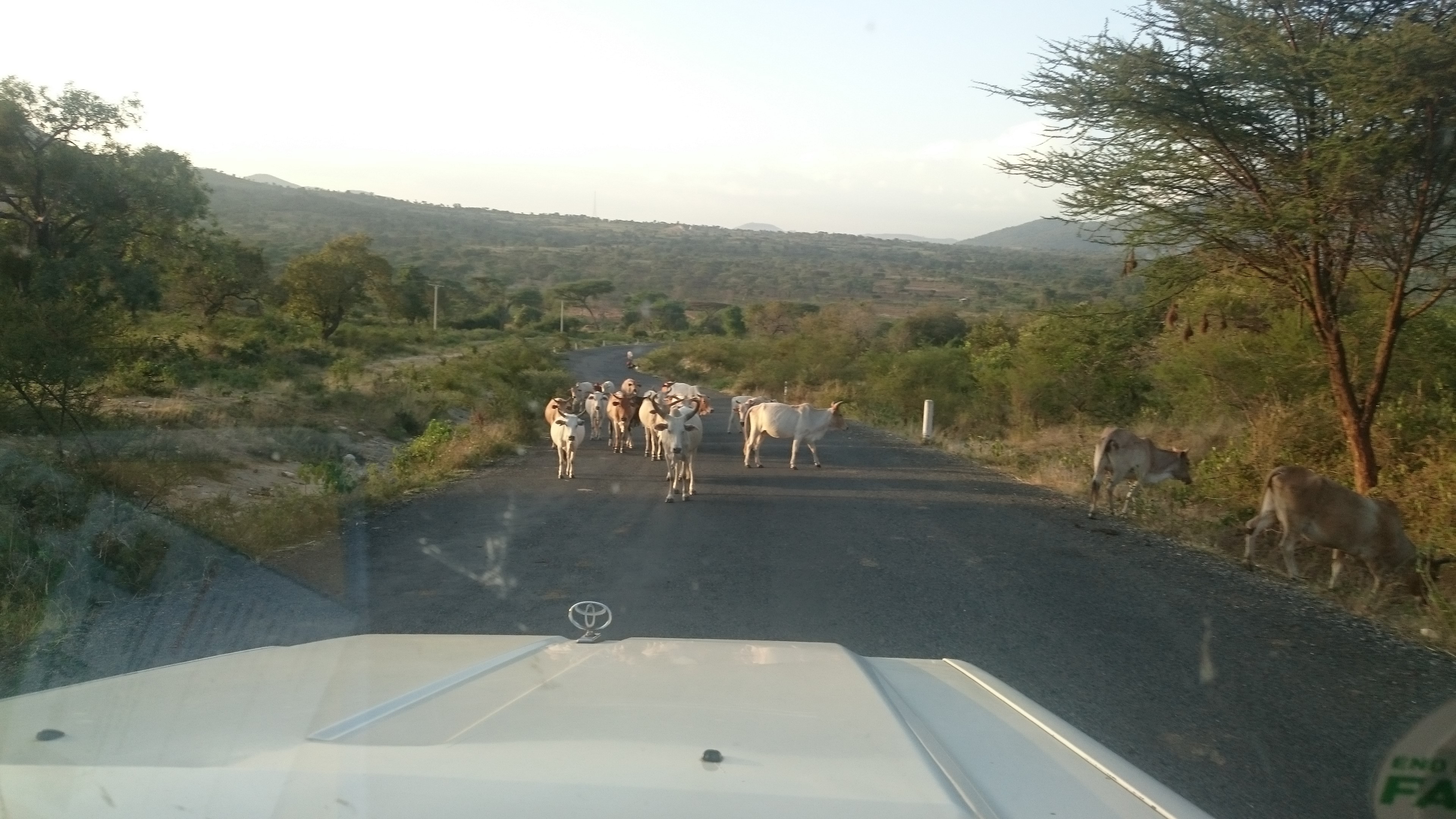Face-offs with cows, and flying chickens. Lessons in community from Ethiopian roads
It happens so often, you suspect the animals must enjoy it: why else do they spread the full width of the tarmac, instead of using the broad gravel verges? The cows are the worst: they glower balefully as if they might charge, and only turn aside from our approaching vehicle at the very last minute. … Read more


